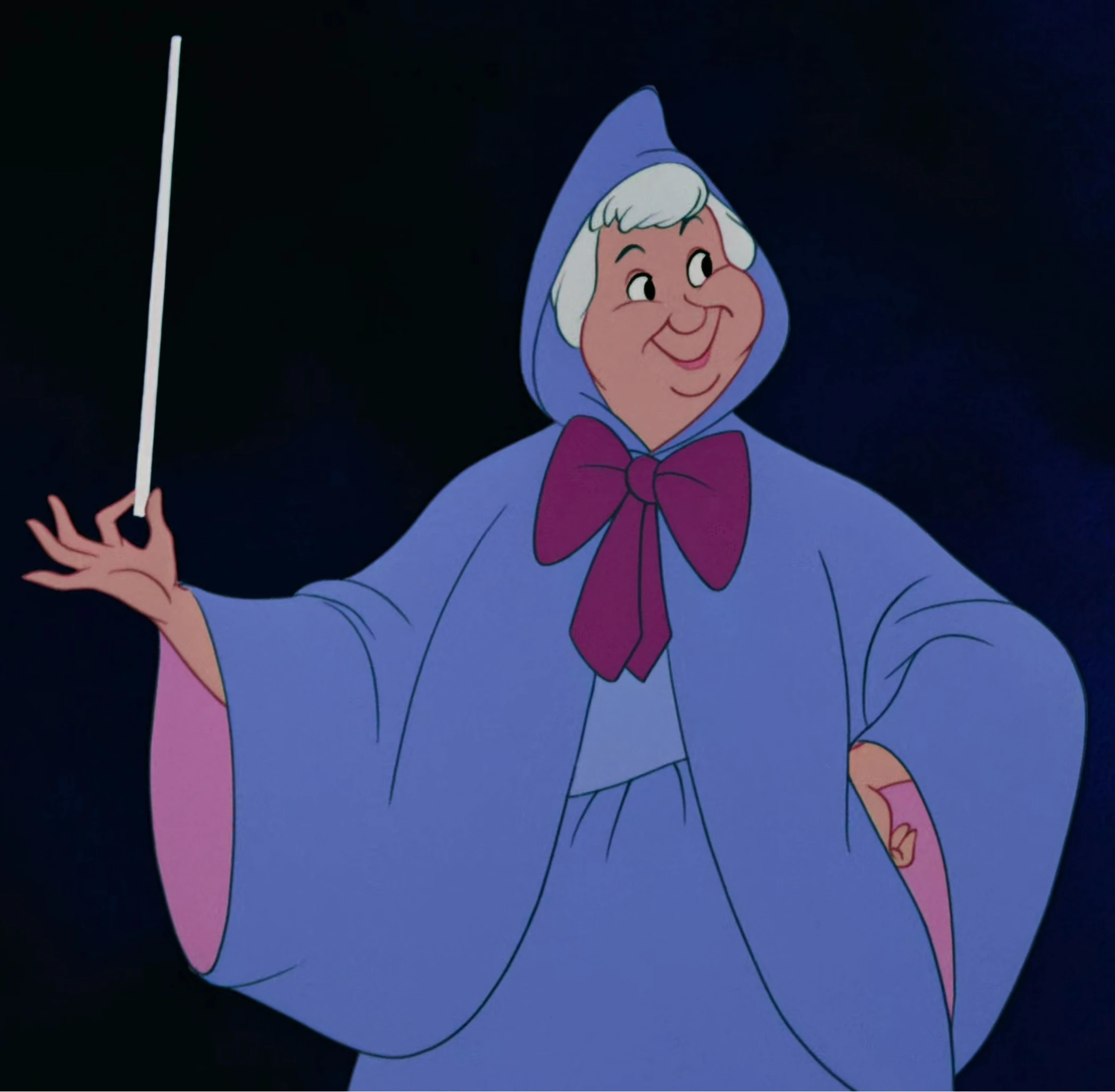In the Norwegian tale East of the Sun & West of the Moon, collected by Peter Christen Asbjørnsen and Jørgen Moe, the heroine lights a candle to see what aspect the bear has when lies beside her on her bed every night, and discovers he's actually a handsome prince. Unfortunately, some drops of candel wax fall on the prince's shirt and he wakes up. Both the castle and the prince disappear, and to see her prince again the girl must search for a castle east of the Sun and West of the Moon.
When she finally arrives, after some adventures to help him remenber her, the prince says he would only marry the maiden who can wash away the candlewax from the shirt. Only the heroine can do it. This episode, the heroine proving to be the prince's true love because she's the only one capable of washing away the stains on the prince's shirt is a pretty extended episode in the tales belonging to the Aarne-Thompson type 425, the search for the animal bridegroom. But in some of these version, the stains are not of candelwax, but of the heroine's own blood.
In the French folktale The Beast (La Bête), collected by Geneviève Massignon, the prince has to go after the heroine's envious sisters spill water over the beast hide. Before he goes away the heroine lets three drops of blood stain the princess' shirt, saying she would be the only one capable of washing them away. So, unlike in East of the Sun and West of the Moon, where the cause of the wax stains on the shirt are accidental, beyond the heroine's control and initiative, here we have a heroine who create the situation on purpose. That way, when she finally reaches the castle where her prince lives now and it's gonna get married to a princess chosen by his parents, and gets a job at the palace as a turkey herd, she can let the prince now she has come for him, when he sees someone has finally managed to get rid of the blood stains. The prince also plays here an active role, saying he'd only wear at his wedding the blood stained shirt once cleaned, creating a chance for the heroine to prove she has arrived.
More accidental, so then closer to East of the Sun and West of the Moon, it's the beautiful Appalachian tale Whitebear Whittington, collected by Richard Chase. The moment when the prince's shirt is stained is not when the heroine breaks the taboo and loses the prince for the first time, like in the two previous tales, but when she accepts to go with the animal bridegroom. While mounting the bear's back for the first time, the heroine has a noseblood (Bettleheim would love to interpret the sexual connotations of this scene), and three drops of blood fall on the animal's back. Later the prince has three blood stains on his shirt, and the heroine is the only one who manage to wash them away, but another woman pretends to be the one who did it, so the heroine goes to the typical routine to recover her lost husband, exchanging three wonderful objects for spending three nights at the prince's bedroom. The tale has of course a happy ending. We got a similar episode of the false bride pretending to be the one who washed away the shirt in the Scottish tale The Black Bull of Norroway, but in this one it's not the heroine's blood, but the animal bridegroom's.




No hay comentarios:
Publicar un comentario